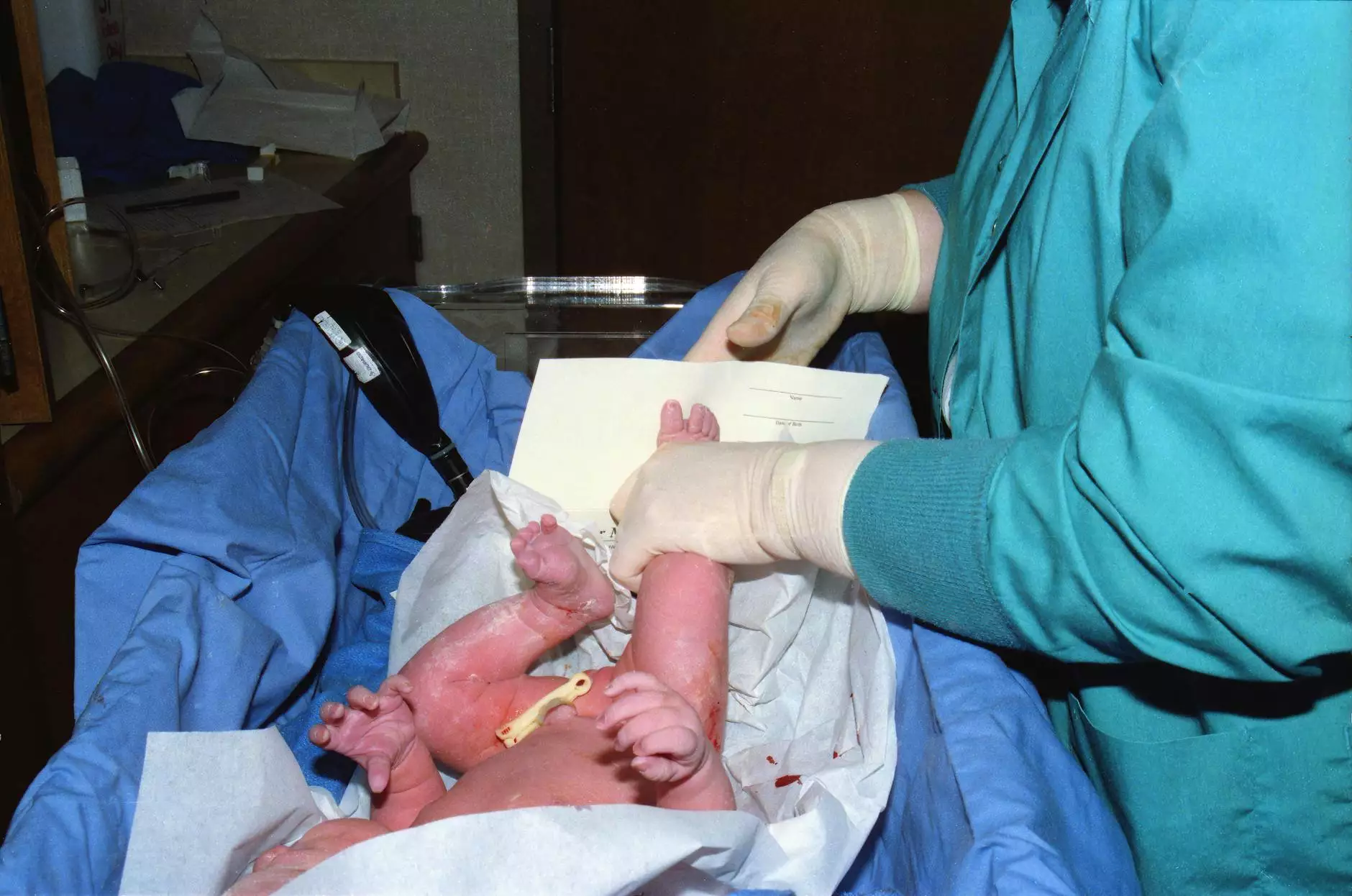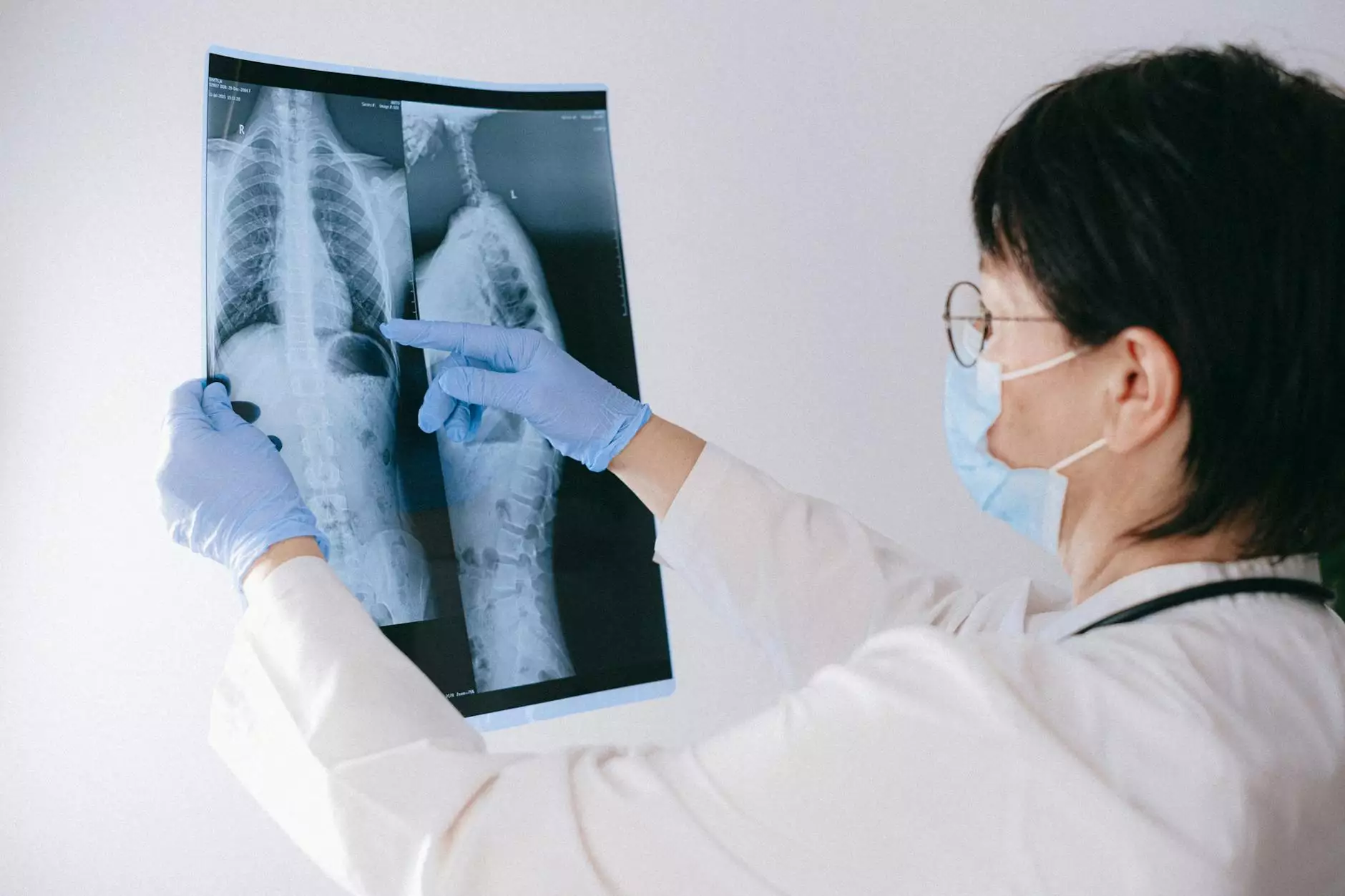Birth Brachial Plexus Injury

Understanding Birth Brachial Plexus Injury
Birth Brachial Plexus Injury is a condition that affects newborns and infants, causing damage to the brachial plexus nerves. This network of nerves is responsible for controlling movement and sensation in the shoulder, arm, and hand. Brachial plexus injuries can occur during childbirth when excessive stretching or pulling of the baby's head, neck, or shoulder strains these delicate nerves.
Causes of Birth Brachial Plexus Injury
There are several factors that can contribute to the development of a birth brachial plexus injury. These include:
- Large baby size or macrosomia
- Prolonged or difficult labor
- Use of forceps or vacuum extraction during delivery
- Breech or other abnormal presentation
Symptoms and Diagnosis
The signs and symptoms of birth brachial plexus injury may vary depending on the severity and location of the nerve damage. Common symptoms include:
- Weakness or paralysis in the affected arm
- Lack of muscle control or coordination
- Numbness or tingling sensation
- Decreased grip strength
- Inability to move the arm or hand
If your child is displaying any of these symptoms, it is important to seek prompt medical attention. A thorough physical examination, along with imaging tests such as X-rays or magnetic resonance imaging (MRI), can help diagnose the extent of the injury.
Treatment Options
Early intervention is crucial in the treatment of birth brachial plexus injury. The main goal of treatment is to maximize the child's potential for functional recovery. Treatment options may include:
- Physical therapy: Regular exercises and stretching can help improve muscle strength and mobility.
- Occupational therapy: Specialized therapy focuses on improving motor skills and daily living activities.
- Splinting or bracing: The use of supportive devices can help stabilize the affected limb and promote proper alignment.
- Nerve surgery: In severe cases, surgical intervention may be necessary to repair or reconstruct damaged nerves.
Prevention and Prognosis
While it may not be possible to prevent all instances of birth brachial plexus injury, there are steps that can be taken to reduce the risk. Doctors and healthcare providers should carefully monitor the progress of labor, identify any risk factors, and take appropriate measures during delivery to minimize stress on the brachial plexus nerves.
The prognosis for a child with a birth brachial plexus injury varies depending on the severity of the nerve damage and the effectiveness of treatment. With early intervention and dedicated therapy, many children experience significant improvement and regain near-normal function in the affected arm.
Trust Foley James D MD for Birth Brachial Plexus Injury Care
Foley James D MD is a trusted healthcare provider in the field of brachial plexus injuries. With years of experience and a compassionate approach, Dr. Foley and his team are dedicated to helping children with birth brachial plexus injuries achieve the best possible outcomes. As leaders in the field, they stay updated with the latest advancements in diagnosis and treatment.
If you suspect your child may be affected by a birth brachial plexus injury, don't hesitate to reach out to Foley James D MD. Prompt evaluation and early intervention can make a significant difference in your child's future.
Conclusion
Birth Brachial Plexus Injury can be a challenging condition for both the child and their family. By understanding the causes, symptoms, treatment options, and preventive measures, you can make informed decisions and seek appropriate medical care.
Remember, early diagnosis and intervention are key to improving outcomes. Trust Foley James D MD for expert care in birth brachial plexus injury management. Contact Foley James D MD today to schedule a consultation and give your child the best chance at a full recovery.









